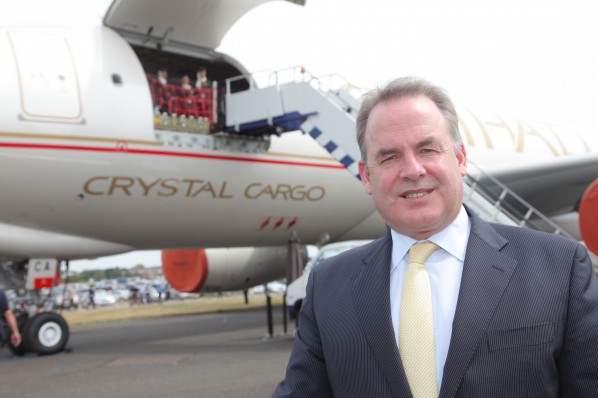Destination spotlight: Dubai’s magic returns
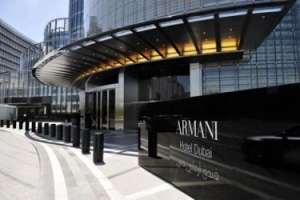
The United Arab Emirates has enjoyed a buoyant 12 months, emerging as a safe haven both for the business and leisure markets, against a backdrop of geopolitical unrest elsewhere in the region.
Dubai has sustained a strong recovery, hosting over 26.6 million tourists last year; a phenomenal increase of 17 percent on 2009. This increase in visitors is spread across all types of holiday, with a particular rise in occupancy rates across the premium sector recorded.
New properties, spearheaded by developments such as the Burj Khalifa, the world’s tallest tower, have stamped Dubai’s reputation as one of the world’s most exciting places to visit.
Neighbouring Abu Dhabi remains firmly on track with its 2030 plan, with the opening of Ferrari World, the world’s largest indoor theme park, fuelling interest in the region.
The Abu Dhabi Tourism Authority announced 17 per cent growth in the number of guests at its hotels and apartments in February 2011 on the same month last year. ADTA’s 2011 tourism agenda aims at delivering 1.9 million guests and to contribute 11.1 percent to the emirate’s overall non-oil GDP.
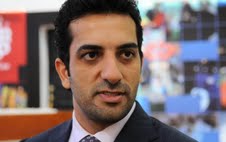
(Abu Dhabi’s 2030 tourism plan is well on track)
The emirate has an incredible array of attractions slated to open over the next few years, including Saadiyat Island, with attractions including the $800 million dollar Guggenheim Museum and the Louvre Abu Dhabi.
New products this year include the opening of the highly-anticipated Jumeirah at Etihad Towers, the Dubai-based luxury hospitality company’s first opening in Abu Dhabi.
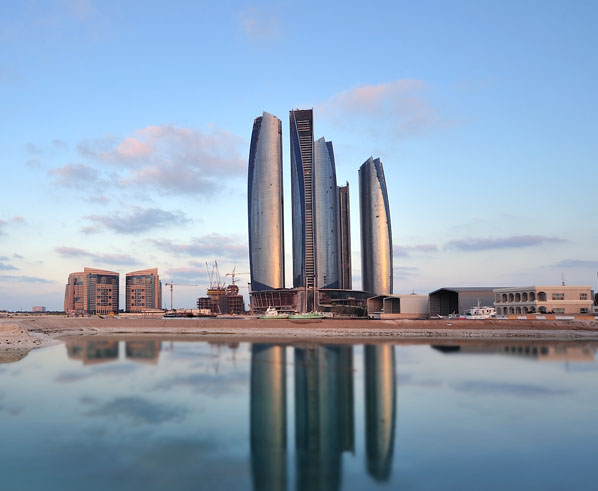
(Opening in September, the hotly-anticipated Jumeirah at Etihad Towers will bring a new level of luxury to Abu Dhabi)
Aviation in the Gulf region is also enjoying unprecedented growth. In January 2011, Dubai International, announced another record year, with the airport’s 2010 passenger traffic reaching 47.2 million, up 15.3 percent on 2009 figures of 40.9 million.
Emirates Airline reported profits of $925 million for the first half of the 2010-2011 financial year, up 350 percent year-on-year. It also plans to expand its fleet of 152 aircraft, which includes 15 Airbus A380s, with 200 more jets on order over the next eight.
Abu Dhabi’s flagship carrier, Etihad Airways, reported almost 30 percent revenue growth in January this year, to almost $3 billion, while passenger numbers climbed 13 percent to just over seven million. Etihad is also firmly on target to break even this year, a major milestone for an airline founded just over seven years ago.
(James Hogan, CEO, Etihad Airways, voted “World’s Leading Airline” by World Travel Awards)
Emirates, Etihad Airways and Qatar Airways collectively have more wide-body planes on order than are currently in service by all US airlines combined, an indication of their potential global market dominance.
Additionally, the smaller niche players have continued to expand, with Oman Air having added routes and Gulf Air, slowly returning to strength after the recent domestic upheaval.
The Middle East is well-placed as a global hub location, with Emirates, Etihad and Qatar Airways all showing that with competitive pricing and high quality service, they can create demand.
Qatar, the world’s fastest-growing economy, is continuing to spend more on infrastructure ahead of hosting the 2022 FIFA World Cup, which will serve as a catalyst to move the economy’s reliance away from the oil and gas.
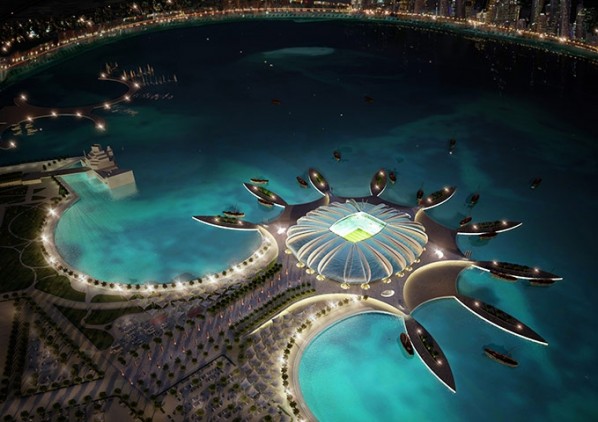
(Qatar is building up for the Fifa World Cup 2022 with a programme of ground-breaking stadiums)
The nation plans to add 140 more properties, or an additional 55,000 rooms, to its existing 100 properties. These include a cruise ship project in Al Wakrah, adding 6,000 rooms.
Other parts of the Gulf are likely to benefit from the World Cup, as many visitors are expected to stop off in places such as Dubai and Abu Dhabi.
Tourism is already a major part of Qatar’s strategy to diversify its economy, which grew at a yearly average of 13.1 percent between 2000 and 2010.
The country receives about one million visitors a year and expects growth of 20 per cent in tourism over the next five years, according to the Qatar Tourism Authority.
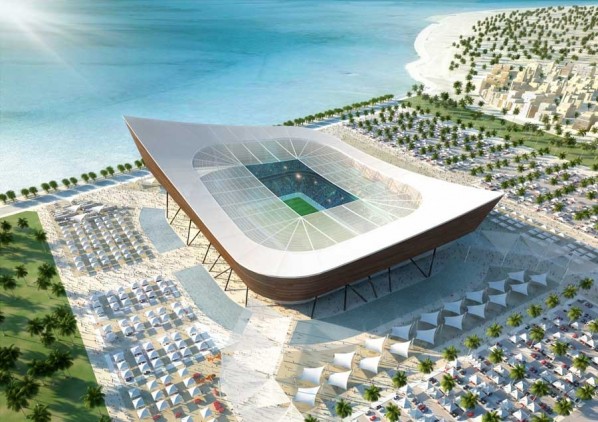
(Qatar is a sport tourism hub)
Some US$17 billion had already been earmarked for tourism infrastructure development over the next five years, even before the successful bid. These plans include the construction of luxury hotels, resorts and other leisure facilities, with a predicted 400 percent increase in hotel capacity to 29,000 luxury rooms by 2012.
Sport tourism is travel industry’s fastest growing sector, and contributed an astonishing 14 percent of overall travel and tourism receipts in 2010, according to WSDE Sport Tourism Expo, the only global exhibition and business forum dedicated to showcasing the full spectrum of sport tourism related products and services.
At a time when some traditional tourism trends are in decline, sport tourism continues to flourish and is set to grow exponentially in the next decade. Yet the complex mechanics of this sector have not yet been fully understood or realised. The annual WSDE Sport Tourism Expo aims to present the future business deals and source new contacts and markets, but also to gain invaluable insights from the advanced knowledge of market leaders.
Now in its second year, WDSE Sport Tourism Expo will take place in Bangkok, Thailand - Asia’s Sport Tourism Gateway - from 27-29 September 2011.
The next big thing in tourism
The world’s least likely tourism destination is also dipping its toe back in the water after decades of turmoil. In November Iraq exhibited at World Travel Market in London and now it is making its return to Arabian Travel Market.
The country is seeing significant renewed investment worth billions of dollars in tourism infrastructure, while increasing air links have helped fuel business travel.
According to Euromonitor, business tourism to Iraq rose by 58 percent in 2009, and both regional and European airlines have begun new services to airports throughout Iraq to capitalise on this demand.
Iraq counted more than 1.3 million visitor arrivals during 2009, with religious tourists from Iran accounting for 75 percent of these. Future potential is also looking bright as the security issue improves and with a projected GDP growth of 7 percent annually.
Airline activity has also been boosted significantly. Etihad has added Basra to its destinations, as have Emirates and Qatar Airways. Flydubai now travels to Gassim and Erbil, while Air Arabia has added Najaf. Internationally there is also growth from carriers, including Turkish Airlines, Austrian Airlines and Lufthansa.
On the hotel front, Rotana has led the way, opening the first international five-star property in Erbil in December, with Rotana Baghdad opening in early 2012.
Around 20 four- and five-star hotels are under construction in Erbil, with the Divan Erbil Park and Le Royal Erbil Park among those expected to open this year, while Millennium & Copthorne has announced plans for up to five hotels in Iraq.
The Iraq government has announced a US$300 million budget to renovate six major Baghdad hotels prior to the postponed 2011 Arab Summit, which is now scheduled to take place in the Iraqi capital in May.


